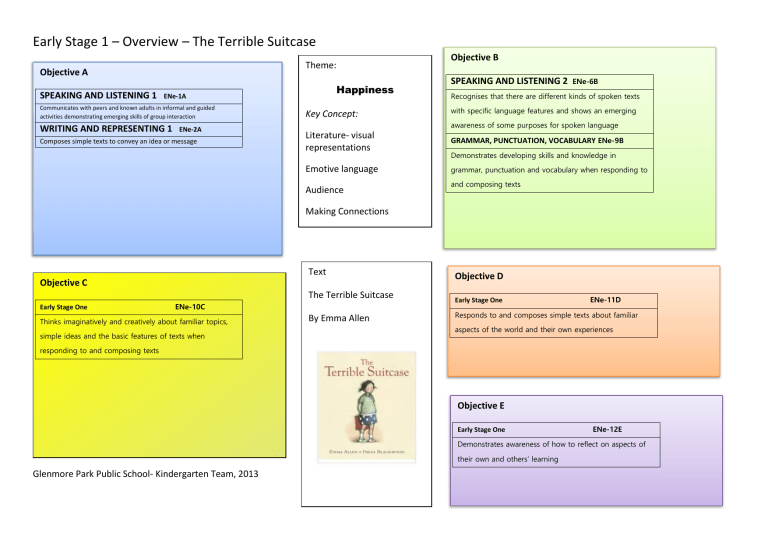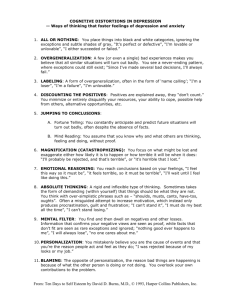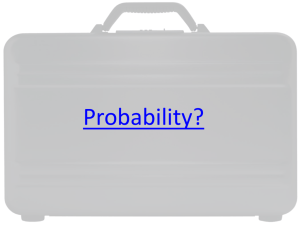The Terrible Suitcase - Glenmore Park Learning Alliance

Early Stage 1 – Overview – The Terrible Suitcase
Theme:
Objective A
Happiness
SPEAKING AND LISTENING 1
ENe-1A
Communicates with peers and known adults in informal and guided activities demonstrating emerging skills of group interaction
WRITING AND REPRESENTING 1
ENe-2A
Composes simple texts to convey an idea or message
Key Concept:
Literature- visual representations
Emotive language
Audience
Making Connections
Objective C
Early Stage One
ENe-10C
Thinks imaginatively and creatively about familiar topics, simple ideas and the basic features of texts when responding to and composing texts
Text
The Terrible Suitcase
By Emma Allen
Glenmore Park Public School- Kindergarten Team, 2013
Objective B
SPEAKING AND LISTENING 2 ENe-6B
Recognises that there are different kinds of spoken texts with specific language features and shows an emerging awareness of some purposes for spoken language
GRAMMAR, PUNCTUATION, VOCABULARY ENe-9B
Demonstrates developing skills and knowledge in grammar, punctuation and vocabulary when responding to and composing texts
Objective D
Early Stage One
ENe-11D
Responds to and composes simple texts about familiar aspects of the world and their own experiences
Objective E
Early Stage One
ENe-12E
Demonstrates awareness of how to reflect on aspects of their own and others’ learning
Early Stage 1 – Overview – The Terrible Suitcase
Text Overview
Sometimes you don’t always get what you want. The Terrible Suitcase is a story about acceptance, making friends and new experiences.
The Terrible Suitcase as a great starting point for visual literacy learning and teaching children to think about how and what they read. It is important to re-read picture books, as children learn new things with each reading. Sometimes what you think is terrible may not be so terrible after all!
Objective A
Language Activities and Discussion
Writing
Objective B
Visual Literacy Learning
Teaching/Learning Activities
Using the title as an example, introduce the children to adjectives and explain that they are describing words.
Ask the children to go around the classroom using adjectives to describe objects like- the small chair, the colourful paint.
The girl in the story is mad, but what other words can the children think of to describe being angry? Jealous, embarrassed…
Come up with a list of words that can be used to describe how we feel.
Ask the children to assign each emotion to a situation: ‘I feel angry because…’
Have the children describe an object eg. Describe your own school bag-
Using sight words students write
This is my ______ (big, red, great) bag.
Students take photos of bags using ipads or school cameras.
This book is a great starting point for visual literacy learning and teaching children to think about how and what they read. It is important to reread picture books as children will learn new things with each reading.
On the first reading just show the children the illustrations instead of reading aloud to them. Have then come up with their own ideas for what the children in the story are doing. You can prompt their learning with questions such as, What do you think the suitcase is for?
On later readings, don’t show the children the illustrations. Instead when you read each page, ask them to mime the actions they hear.
Ask the children what they thought the book was about. Then see how they responded to the plot.
Is the suitcase really terrible? Is the main character fair to Howard? What do they think of the mum and brother?
When you read the story, ask the children what they think about the pictorial elements. Prompt their discussion with questions like, what do we learn from this picture? How do we know she is mad? How does a box become a spaceship? A suitcase a computer?
Sequencing beginning, middle and end of story by interpreting pictures from books. Matching to labels.
Talk about specific vocabulary in text to develop an awareness of how words enrich.
Build own vocabulary of words through Show’n’Tell on topics related to books.
Resources
Use pictures of bags, descriptive words
Word banks, writing paper and pencils ipads, school camera
Early Stage 1 – Overview – The Terrible Suitcase
Objective C
Think, Pair, Share-Share feelings and thoughts.
Draw a character from the text.
Objective D
Objective E
Compare and connect own experiences to those depicted in stories.
Understand that language can be used.
Discussion with focus questions for each page of texts.
Discuss likes and dislikes in regard to texts. http://www.scholastic.com.au/schools/education/teacherresources/assets/pdfs/The-Terrible-Suitcase.pdf








